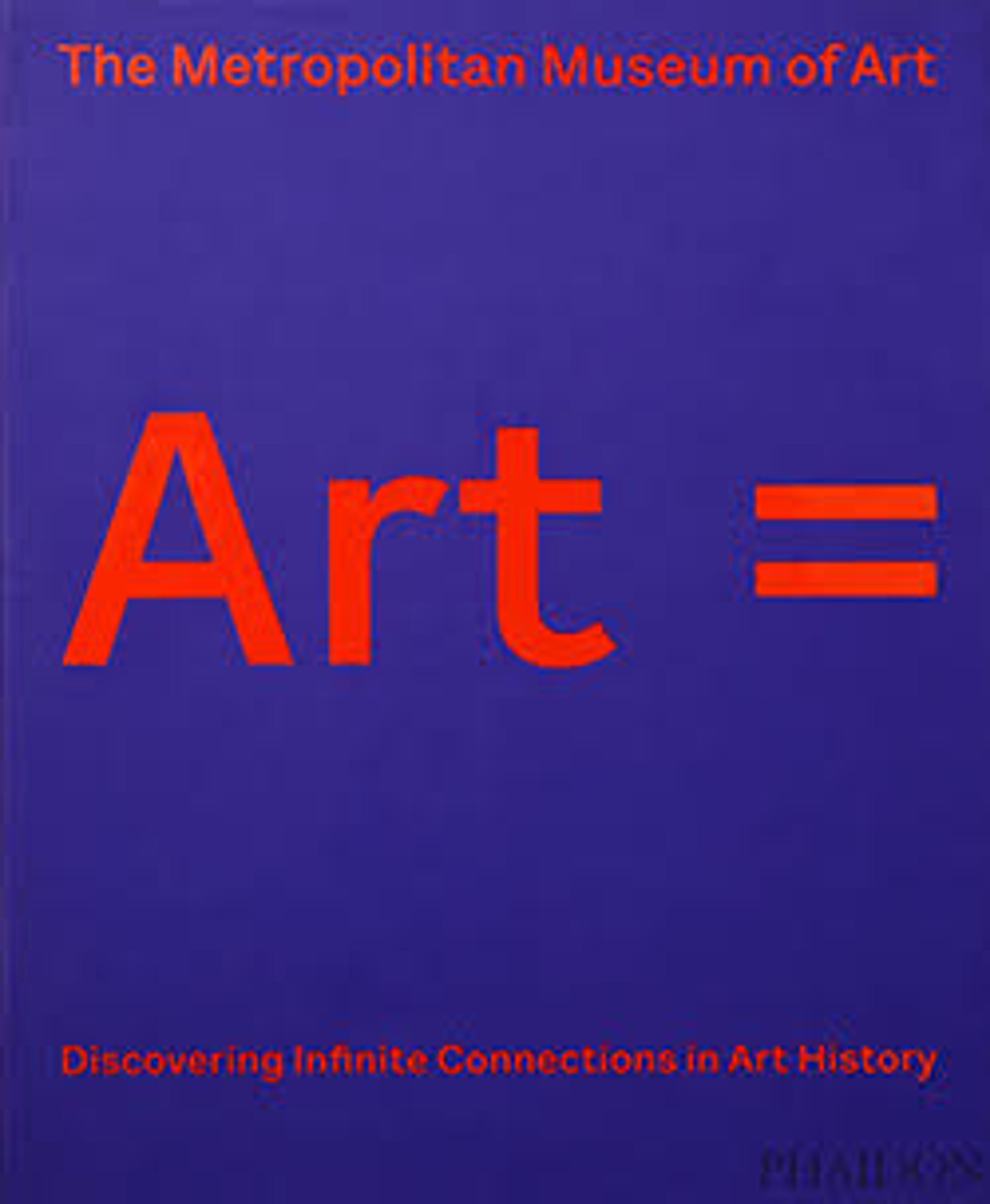Terracotta hydria (water jar)
Women at fountain house
On the shoulder, combat
Among the many changes brought to the city of Athens by
the ruler Peisistratos and his sons was an improved water
system and new public fountains. During the latter part of
the sixth century B.C., scenes of women at a fountain house
became very popular on black-figure vases. Here women
gather to chat and to fill their hydriai.
On the shoulder, combat
Among the many changes brought to the city of Athens by
the ruler Peisistratos and his sons was an improved water
system and new public fountains. During the latter part of
the sixth century B.C., scenes of women at a fountain house
became very popular on black-figure vases. Here women
gather to chat and to fill their hydriai.
Artwork Details
- Title:Terracotta hydria (water jar)
- Artist:Attributed to the Class of Hamburg 1917.477
- Period:Archaic
- Date:ca. 510–500 BCE
- Culture:Greek, Attic
- Medium:Terracotta; black-figure
- Dimensions:H. 14 3/4 in. (37.5 cm)
- Classification:Vases
- Credit Line:Rogers Fund, 1906
- Object Number:06.1021.77
- Curatorial Department: Greek and Roman Art
More Artwork
Research Resources
The Met provides unparalleled resources for research and welcomes an international community of students and scholars. The Met's Open Access API is where creators and researchers can connect to the The Met collection. Open Access data and public domain images are available for unrestricted commercial and noncommercial use without permission or fee.
To request images under copyright and other restrictions, please use this Image Request form.
Feedback
We continue to research and examine historical and cultural context for objects in The Met collection. If you have comments or questions about this object record, please contact us using the form below. The Museum looks forward to receiving your comments.
